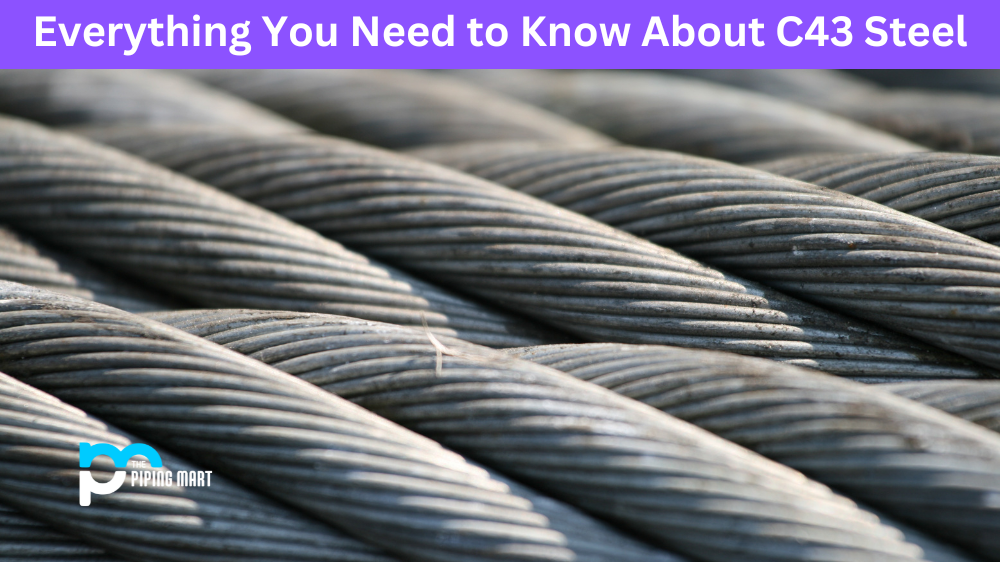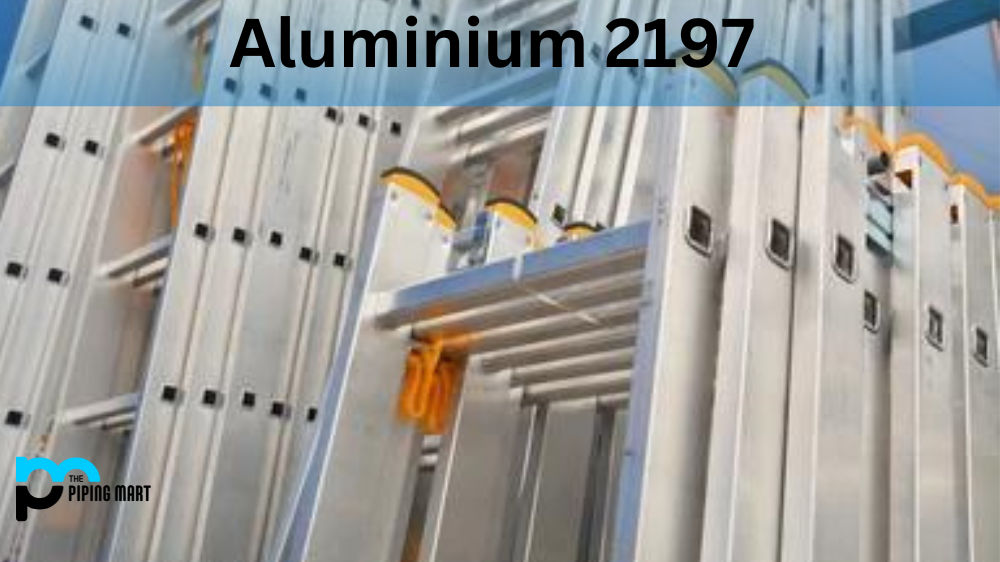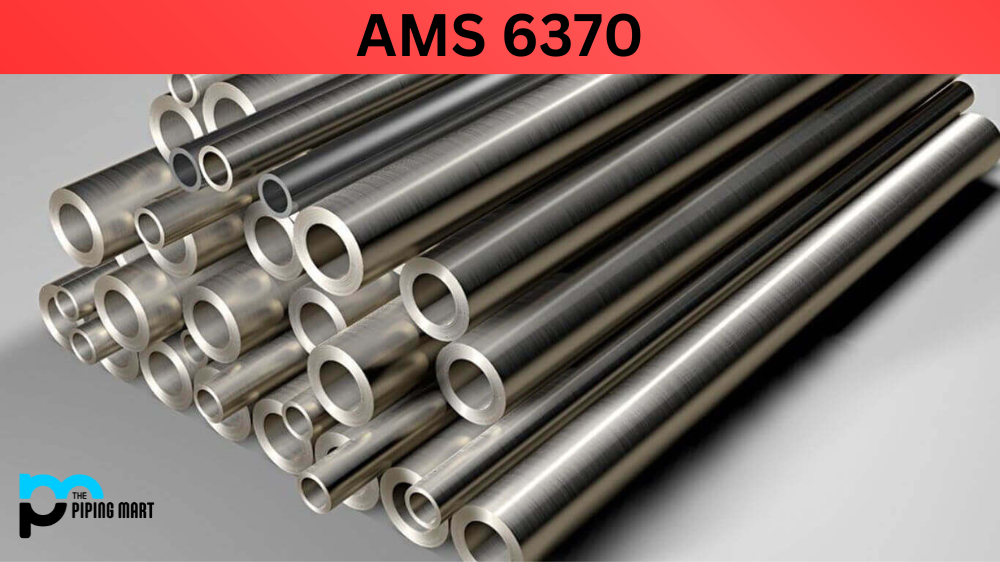C43 steel is a low-alloy steel that belongs to the family of medium-carbon steels. It is commonly used in manufacturing for its excellent mechanical properties and wear resistance. This blog post will examine this steel grade, including its composition, physical and mechanical properties, uses, hardness, and heat treatment.
C43 Steel Composition
C43 steel is plain carbon steel with a nominal composition of 0.43% carbon and 0.60% manganese. It also contains small amounts of other elements such as silicon, phosphorus, sulfur, and copper. The low alloy content of C43 steel makes it less brittle than high carbon steel, which has better toughness and weldability.
C43 Steel Physical Properties
C43 steel has a 7.85 kg/m³ density and a melting point of 1425-1510 ᵒC. It is magnetic steel with high thermal conductivity and low thermal expansion. The steel’s modulus of elasticity is 210 GPa, and its Poisson ratio is 0.3.
C43 Steel Mechanical Properties
The mechanical properties of C43 steel vary according to its heat treatment. When quenched and tempered, C43 steel has a tensile strength of 650 MPa and a yield strength of 480 MPa. The steel has good toughness and impact resistance, making it an excellent choice for parts subjected to heavy loads and vibration. Its high wear resistance also makes it ideal for high-stress applications.
C43 Steel Uses
C43 steel is widely used in manufacturing, including gears, axles, crankshafts, shafts, bushings, and other structural components. It is also used in construction equipment, automotive parts, and agricultural machinery.
C43 Steel Hardness
The hardness of C43 steel varies based on the heat treatment. When hardened, it has a Rockwell hardness value of 54 HRC. The steel’s hardness allows it to withstand wear and tear, making it a popular choice for highly durable applications.
C43 Steel Heat Treatment
C43 steel can be heat treated by quenching and tempering. Quenching involves heating the steel to a high temperature and rapidly cooling it in water or oil. This process hardens the steel while making it more brittle. Tempering reduces the brittleness by reheating the steel to a lower temperature and cooling it slower.
Conclusion
C43 steel is an excellent material for a wide range of industrial applications. It’s excellent mechanical properties and wear resistance are ideal for high-load, high-stress applications. With its low alloy content and good toughness, C43 steel is also cost-effective and easy to work with. If you’re looking for solid and durable steel that can withstand wear and tear, C43 steel may be an excellent choice for your next project.




